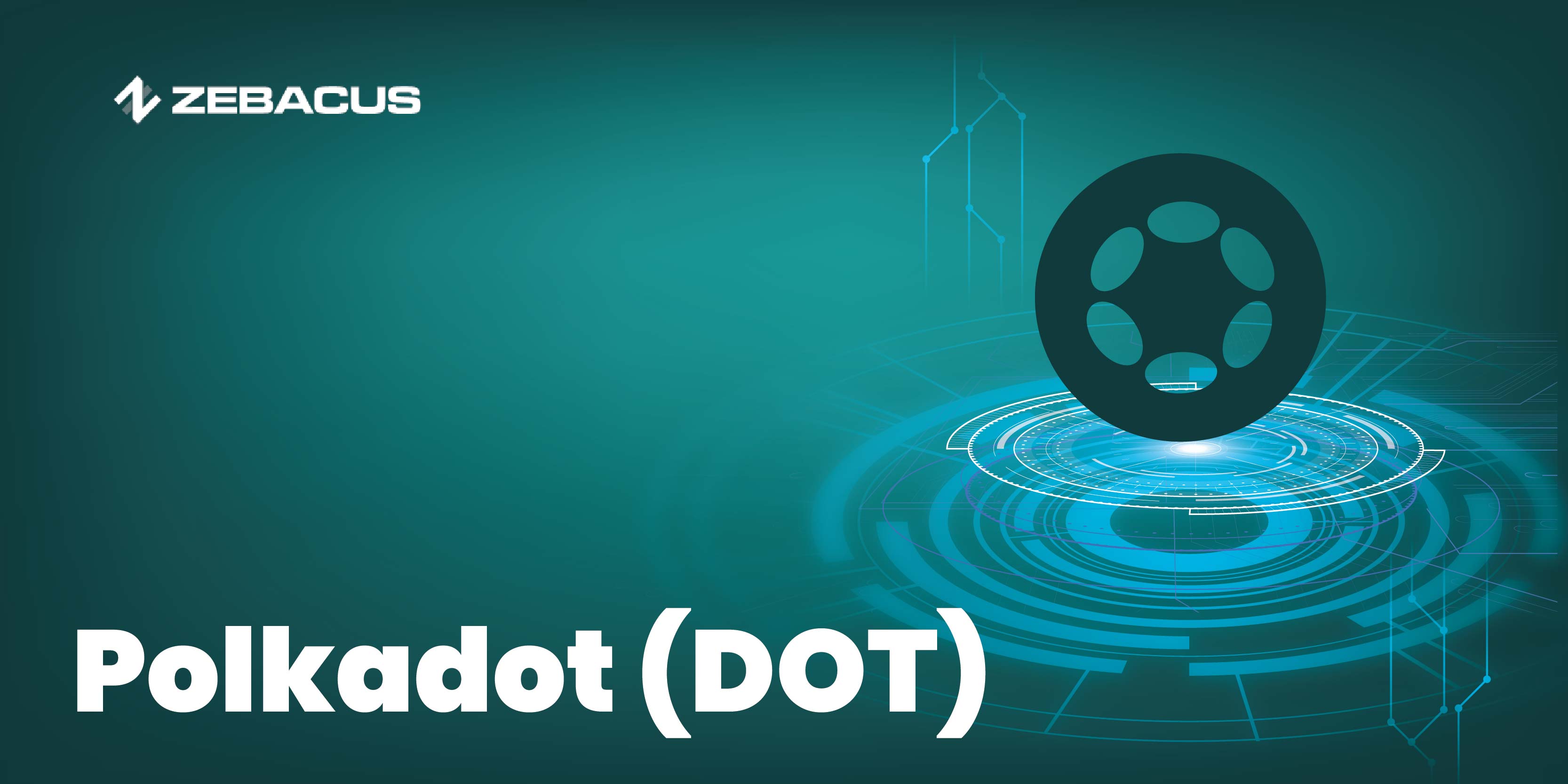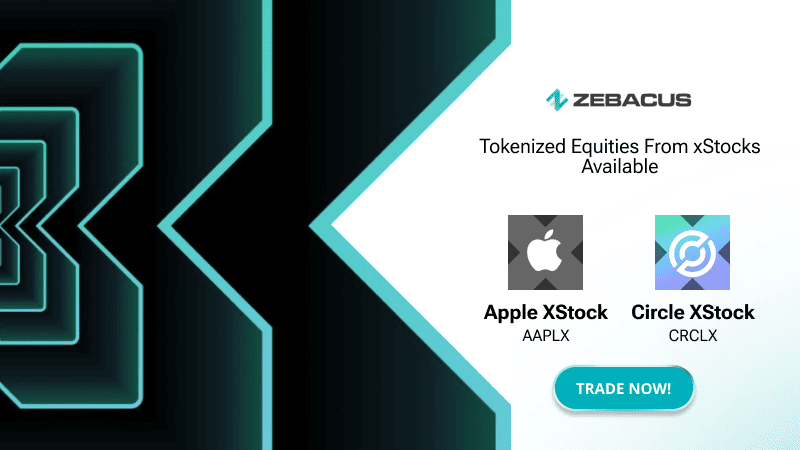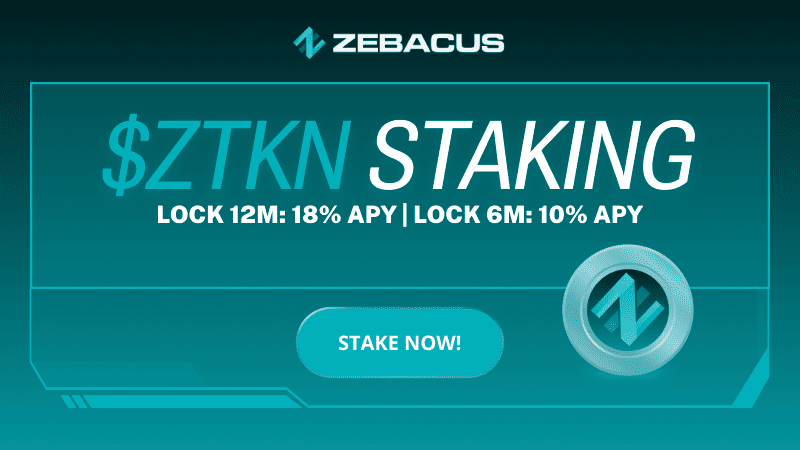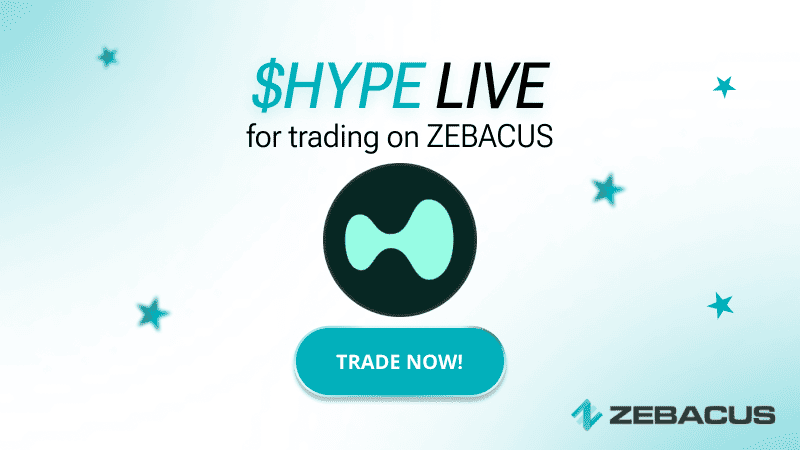What is Polkadot (DOT)?
Crypto experts are mixed about the role of Polkadot in the blockchain space. Some think that it is a direct competitor of Ethereum. Others think Polkadot and Ethereum are complementary. The key selling point of Polkadot is the enabling of interoperability between other public and private blockchains. This article will give you a comprehensive overview of the Polkadot blockchain and its native cryptocurrency DOT. Among other things, I will cover the key features, working mechanisms, and utility of Polkadot. Let’s get started without any ado!
The Basics
Polkadot is a multi-chain blockchain platform created by Ethereum co-founder Dr. Gavin Wood, who was also the creator of Solidity. It was launched by the Web3 Foundation in 2020. Polkadot aims to enable communication and value transfer between different blockchains without relying on trust. Simply put, Polkadot is like the internet of blockchains, allowing various blockchains to communicate and work together.
The Problem Polkadot Solves
Traditionally, blockchain networks often operate in silos. Bitcoin does its thing, Ethereum does its thing, and so on. These networks don’t typically talk to each other, which limits their potential. This is where Polkadot fits in. Its primary goal is to create a framework where different blockchains can interact and share information seamlessly. Imagine if you had a bunch of apps on your phone that couldn’t share data with each other. That’s how traditional blockchains work. Polkadot aims to fix that by allowing these blockchains to communicate and share data, making the whole crypto ecosystem more powerful and versatile.
How Polkadot Works
Polkadot’s architecture is made up of several key components:
Relay Chain: This is like the main chain of Polkadot which is responsible for the network’s shared security and consensus.
Parachains: These are independent blockchains that run parallel to the Relay Chain, and allow fast transactions.
Bridges: Specialized links that connect Polkadot to other blockchain networks, such as Ethereum or Bitcoin, enabling cross-chain transfers.
Key Features of Polkadot
Interoperability: As mentioned above, Polkadot allows different blockchains to transfer any type of data or asset between each other. This interoperability makes it easier for developers to build applications that leverage the strengths of multiple blockchains.
Scalability: Traditional blockchains can struggle with scalability. Polkadot tackles this by using a unique architecture called sharding. Sharding splits the blockchain into smaller, more manageable pieces (called parachains), which can process transactions in parallel, significantly increasing the network’s throughput.
Security: Polkadot provides a shared security model. Parachains leverage security of the relay chain without compromising on speed. This means that smaller chains don’t have to worry about their own security as much, as they are protected by the relay chain’s validators.
Forkless Upgrades: One of the issues with many blockchains is that upgrading the network often requires a hard fork, which can split the community and create confusion. Polkadot supports forkless upgrades, allowing the network to evolve without the need for disruptive forks.
The DOT Token
Here is how the DOT token plays a crucial role in the Polkadot ecosystem:
Decentralized Governance: Polkadot employs an advanced governance system where DOT token holders can influence the future direction of the network. This governance system is designed to be transparent and fair, giving the community a significant voice in the project’s development.
Staking: DOT tokens are used to secure the network through a process called staking. By locking up their DOT, users can become validators and earn rewards for processing transactions and maintaining the network.
Bonding: To add new parachains to the Polkadot network, DOT tokens are used in a process called bonding. This ensures that there is a financial commitment behind new projects, adding an extra layer of security and accountability.
Real-World Applications
Polkadot’s unique features and capabilities open up a world of possibilities for developers and businesses. Here are a few ways Polkadot is useful in the real-world:
DeFi (Decentralized Finance): Polkadot’s interoperability allows DeFi projects to connect with different blockchains, offering more robust and versatile financial products.
Supply Chain Management: Polkadot can facilitate secure and transparent tracking of goods across multiple supply chains, improving efficiency and reducing fraud.
Gaming: Game developers can use Polkadot to create decentralized games that leverage multiple blockchains for various features, such as in-game assets and transactions.
IoT (Internet of Things): Polkadot’s ability to connect different networks can be used to integrate IoT devices, creating more efficient and secure systems.
Concluding Thoughts
Polkadot’s innovative approach to interoperability and scalability positions it as a significant player in the blockchain space. As more developers and businesses recognize the potential of Polkadot, we can expect to see an increasing number of projects built on this platform. With ongoing developments and upgrades, Polkadot is continually evolving to meet the needs of its community and the broader blockchain ecosystem. The introduction of parachain auctions and the deployment of more bridges to other blockchain networks are just a few examples of the exciting developments on the horizon.







